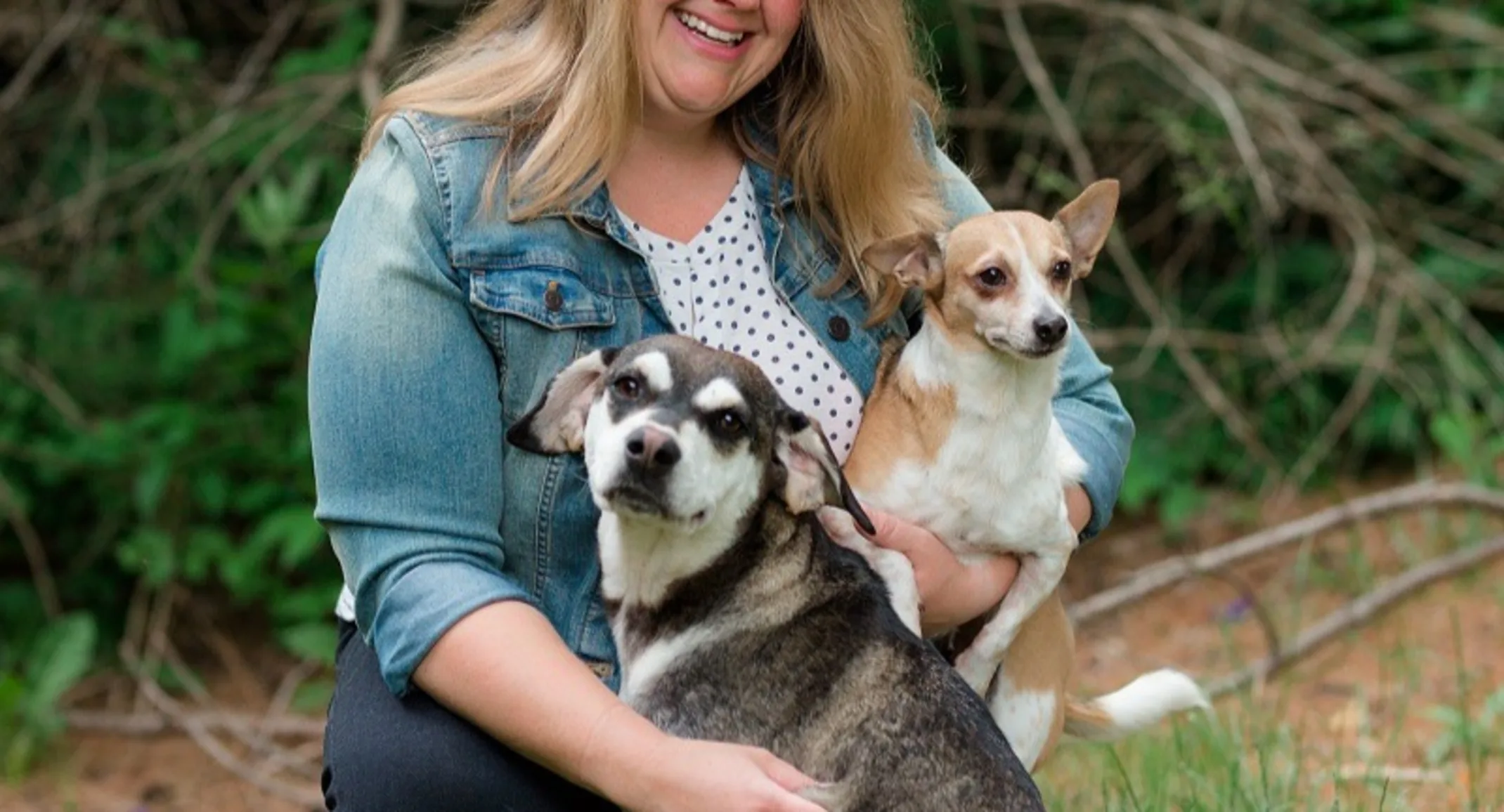Small Stone in the Urethra
Dogs

Over the two month period the owner had Charlie she noted that he urinated frequently, but wellness bloodwork was normal as was a urinalysis and culture. As he was doing well otherwise, she opted to monitor him and work on housetraining as she was unsure as to whether he had ever been trained to go outside. Over that two month period there was no change in his urinary habits, nor did he ever truly become housetrained.
At presentation the owner reported that Charlie had been continuously posturing to urinate over the previous several hours but only small amounts were ever noted. Radiographs revealed a small stone lodged in the urethra just caudal to the os penis. Charlie was sedated and a urinary catheter was used to push the stone back into the bladder, and the catheter was left in place for two days to help any swelling resolve. The owner elected not to pursue surgery to remove the stone from Charlie’s bladder at this time, and is continuing to monitor him closely, knowing that if he has any further blockages he will need surgery to remove the stone. He was started on special food to help maintain urinary health and to help prevent the stone from getting any larger. At this point Charlie is doing well on his food and has not had any additional problems.
Urinary issues are a very common presentation for dogs. Many times inappropriate urination does in fact turn out to be a urinary tract infection. However, as seen with Charlie, there is also the possibility that it could be something more serious such as a urinary stone, kidney disease, or even diabetes. A full work-up for urinary issues will often include a urinalysis to look for infection, certain cells in the urine, or crystals, bloodwork to look for organ issues such as kidney disease or diabetes, and radiographs to look for stones or masses. If your pet has trouble with urination, or has any change in urinary habits, it is important to schedule a visit with your vet for an exam and to figure out which testing, if any, may be right for you.
